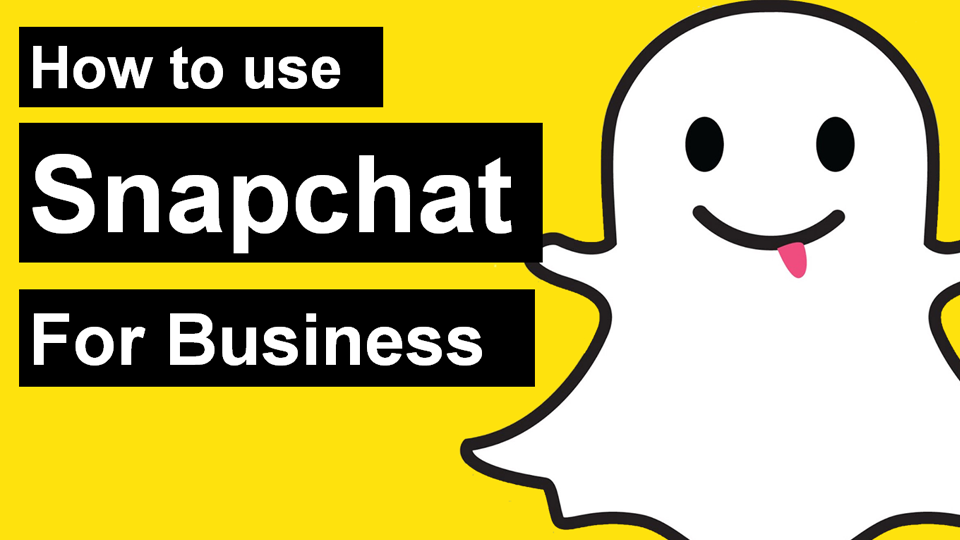10 Changes in Sales Methods in the Digital Age

Selling is no longer what it used to be. In the last ten years, digital marketing has turned our way of understanding business upside down. And in the face of this, there is only one possible answer: adapt or die!
Even if you’re the hippest of digital marketers, letting go of old ideas isn’t always easy. From time to time, it’s good to do a thorough review of our methods. And to help you reflect, today I will tell you 10 changes in sales methods of the digital age.
The 10 changes of the digital age in sales methods.
1) From outbound to inbound
In the new digital age, sales methods are no longer about chasing anyone. Instead of “going out hunting”, the most astute brands “fish” for customers by offering them all kinds of attractive content.
The inbound marketing process begins when you get a user to leave you their contact details in exchange for something valuable to them (a webinar, an ebook, a tutorial…). In this way, it becomes a lead that you can feed to raise its temperature. When you’re ready to buy, and only then, it’s time for the sales team to jump into action.
2) Long live virality
With the new era of digital communication, a hitherto completely unknown phenomenon has emerged: virals. Viral marketing uses its techniques in search of a holy grail: that video, interactive content, or article that spreads like a virus thanks to the users who share it.
The history of the internet in recent years is full of viral phenomena, from Kony 2012 to Gangnam Style to the famous Oreo tweet. But with every great power comes great responsibility, and your online gaffes can also go viral at the speed of light.
3) Your reputation is no longer (only) in your hands
Gone are the days when brands controlled in which spaces they were talked about and what was said. In the digital age, any consumer can express themselves publicly with as wide an audience as they can attract.
Trying to control what they say will not only be futile, but may end up degenerating into a reputational crisis of biblical proportions. My advice: be as transparent as possible, and you will save yourself a lot of trouble.
4) From the sender-receiver model to dialogue with the consumer
Surely at some point in your school years, you studied transmitter-channel-receiver… But it’s about time you forgot about it forever. And it is that you are no longer facing a passive audience, but a massive group of users with the ability to respond.
Instead of lamenting lost control, harness the power of social media to listen to your users, engage with them, and implement dialogue-based sales methods. It can be the beginning of a beautiful friendship.
5) Know your target audience
Good news: you no longer have to invest a fortune in focus groups and market research. The answers you are looking for are right there, at your fingertips. If you want to know more about what your target audience wants, you just have to track everything that they themselves publish openly. You have a practically unlimited range, so don’t miss this opportunity!
And if you want to go a step further, create your community: a space where your potential customers feel safe to talk about the things they are passionate about.
6) The advertiser no longer controls where the information is
In the old days, information about your brand and products was limited to a specific number of sites you could choose from, but in the new digital age, the organization of information has changed radically.
Now it is the user himself who initiates the search. If you’re well-positioned, you’re likely to be found first… along with lots and lots of content created by other users. Recommendation and review websites have completely changed sales methods, so you’ll do well to keep them in mind.
7) From PR to influencers
We have gone from relying on the opinions of official experts to looking for “people like us”. No one gives influencers their position of authority, and even less a brand: they achieve it themselves by sharing quality content day after day. Take advantage of their charisma and ability to pull around, but don’t try to buy them.
8) Investment: from ROI to KPI
Before digital marketing, advertisers and marketers broke their heads trying to find out the famous ROI or return on investment, that is, if they had paid less for their campaigns than the profits they had obtained from them.
Although this is still a good measure of financial success, the truth is that nowadays we have gone from ROI to a whole collection of KPIs, highly personalized according to the objectives of each company. And thanks to modern web analytics systems, we can know much more precisely what is happening at all times and correct the course of campaigns in practically real time.
9) Increasingly personalized segmentation
We no longer work with “women aged 40 to 55 living in Teruel”, but we can divide our audience based on all kinds of incredibly precise criteria. We know what topics they are interested in, what pages they visit, what products they consume, and even what drink they have had for breakfast. And in the hands of a good digital marketer, information is power to further sophisticate your sales methods.
10) Content is king
In just a few short years, the phrase “content is king” has become almost a cliché in digital marketing… but it is still as true as the first day. If there is one thing that characterizes the times in which we live, it is the abundance of information. There are hardly any barriers to entry to create all kinds of content and upload it to the internet, so if you want to win over your users, you will have to fine-tune your creativity and be in the right place at the right time.










